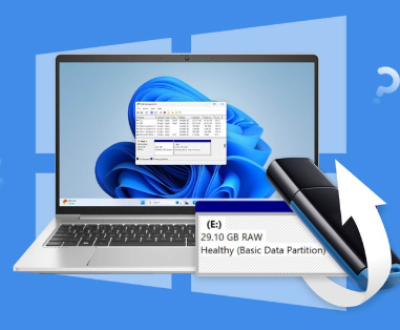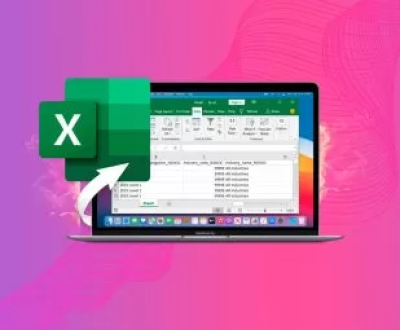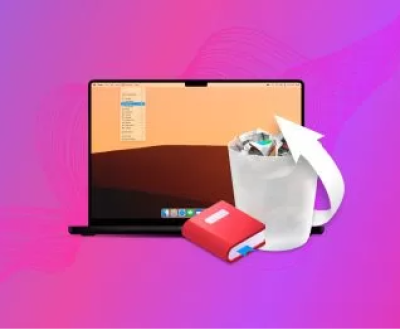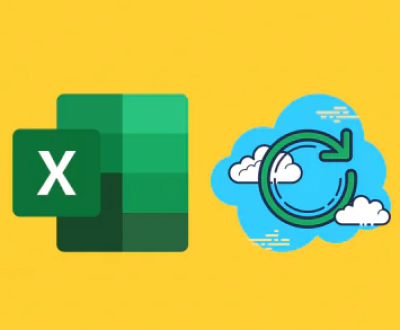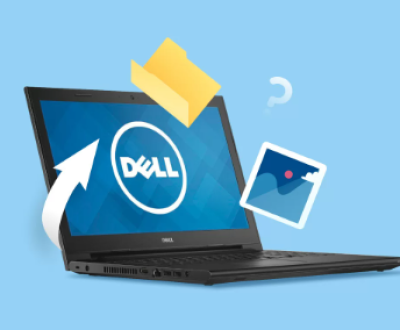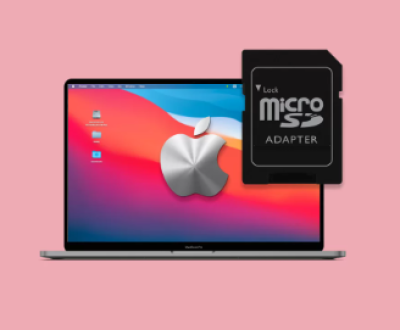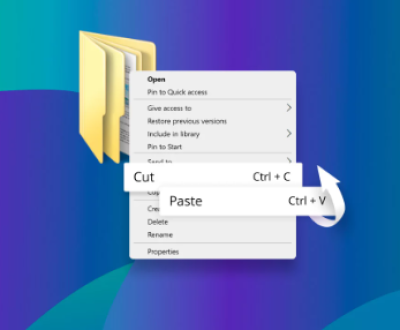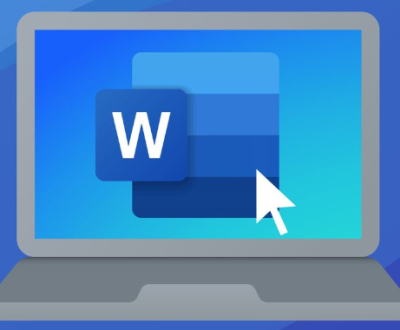Streaming has become the dominant form of media consumption in the digital age. With platforms like Amazon Prime Video offering thousands of titles at your fingertips, it’s easier than ever to access high-quality entertainment. But there are times when streaming isn’t ideal such as when you’re traveling, have limited internet access, or want to save a movie permanently. This is where downloading Amazon videos becomes useful. Even more beneficial is downloading them to an external hard drive for storage flexibility and device freedom.
Section 1: Amazon Prime Video’s Download Policy
Before jumping into methods, it’s important to understand Amazon’s own download rules and limitations.
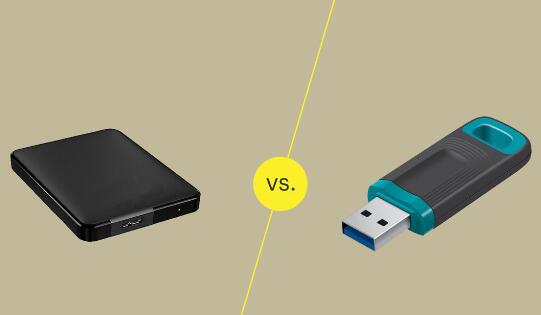
1.1 What Amazon Allows
Offline Viewing: Amazon Prime Video allows you to download movies and TV shows for offline viewing on its official app.
Devices Supported: Downloads are supported on Android, iOS, Fire Tablets, and some Windows 10/11 PCs through the Prime Video app from the Microsoft Store.
DRM Protection: Downloads are encrypted with Digital Rights Management (DRM), meaning you can’t move or copy them freely to another device or hard drive.
1.2 Limitations
Time-Limited Access: Downloaded content may expire after 30 days or 48 hours once playback begins.
Storage Locations: By default, videos are saved to internal storage and cannot be copied easily due to encryption.
Account Restrictions: Some content may not be available for download depending on licensing agreements.
Section 2: Legal Considerations
2.1 Is It Legal to Download Amazon Videos to an External Drive?
Yes, if you’re using Amazon’s official app and storing videos offline for personal use (but they stay encrypted).
No, if you’re bypassing DRM protection using third-party software for redistribution or piracy.
Downloading for personal, offline viewing is usually tolerated under Fair Use in some jurisdictions. However, bypassing DRM protections can violate Amazon’s terms of service and local copyright laws.
Always consult the terms of service and follow local laws before proceeding.
Section 3: Method 1 – Download via Amazon Prime Video App (Windows PC)
3.1 Requirements
Windows 10 or 11 PC
Prime Video app from Microsoft Store
Amazon Prime membership
External hard drive (formatted and connected)
3.2 Steps
Install the Prime Video App:
Open Microsoft Store
Search for “Amazon Prime Video”
Click “Install”
Set Download Location:
The Prime Video app does not allow you to choose an external drive directly. However, you can change the default Windows storage location.
Go to Settings > System > Storage > Change where new content is saved
Change “New apps will save to” your external drive.
Reinstall the app if needed.
Log Into Amazon Prime Video:
Open the app and sign in with your Amazon credentials.
Download Videos:
Browse or search for a title.
Click the Download button (downward arrow icon).
Choose download quality (Good, Better, Best).
The video is saved in an encrypted format in the app’s folder, now on your external drive.
Playback:
Videos can only be played through the app while connected to your Amazon account.
3.3 Limitations
You can’t transfer the video to other media players.
Videos only play within the app due to DRM protection.
Section 4: Method 2 – Downloading on Mac (Workaround Using Android Emulator)
Since the official Amazon Prime Video app isn’t available for macOS with download support, you’ll need to use a workaround.
4.1 Requirements
macOS system
Android emulator (e.g., BlueStacks)
Amazon Prime account
External hard drive
4.2 Steps
Install BlueStacks or NoxPlayer:
Download and install from the official website.
Set up a Google account.
Install Amazon Prime Video App in Emulator:
Search for the Prime Video app in the Google Play Store inside the emulator.
Install it and sign in.
Change Storage Settings in Emulator:
Emulators allow custom directory paths. Configure the emulator to mount your external drive as a shared folder.
Download Videos Within Emulator:
Navigate to a show or movie and tap Download.
Files will be stored within the emulator, though still DRM protected.
Copy Emulator Data to External Drive (Optional):
Locate the data folder for BlueStacks or NoxPlayer.
Move it to your external hard drive.
Note: This method is more complex and limited in compatibility.
Section 5: Method 3 – Mobile Device Download & Transfer
5.1 Requirements
Android device with USB-C
Amazon Prime Video mobile app
External SSD or USB drive with compatible OTG cable
5.2 Steps
Download Amazon Videos via Mobile App:
Install the Prime Video app from Google Play.
Download videos to your device’s internal storage or SD card (if supported).
Connect External Drive to Mobile Device:
Use an OTG (On-The-Go) cable or USB-C hub.
Mount the external drive.
Manually Transfer Files?
No—Amazon encrypts its downloads. You can’t simply move them.
But you can move entire app data if rooted (advanced users only).
This method doesn’t allow direct playback from the external hard drive, but it’s useful for advanced users interested in rooting or emulation.
Section 6: Method 4 – Using Screen Recording Software (Third-Party)
This method bypasses DRM by capturing the video as it plays, and should be used only for personal archival under Fair Use.
6.1 Software Options
Audials One (Windows)
OBS Studio (Cross-platform)
Camtasia (Mac/Windows)
6.2 Steps (Using OBS Studio)
Install OBS Studio:
Free download from the official site.
Set Up Display Capture:
Add new source > Display Capture
Choose screen and resolution
Start Recording:
Play the Amazon video in full-screen on your browser or app.
Click “Start Recording” in OBS.
Let the movie run.
Save to External Drive:
Go to Settings > Output > Recording Path
Select your external hard drive as the location
Stop Recording When Done:
The video is now saved in MP4 or MKV format
6.3 Pros and Cons
Pros:
Files are portable and can be played anywhere
No DRM
Cons:
Time-consuming (real-time recording)
Potential quality loss
May breach Amazon’s terms
Section 7: Recommended External Hard Drives for Video Storage
When storing large video files, your external drive should be reliable and fast. Here are a few top recommendations:
7.1 For Portable Use
Samsung T7 SSD (500GB–2TB) – Fast, compact, USB-C
SanDisk Extreme Portable SSD – Rugged, water-resistant
7.2 For Home/Office Use
Western Digital My Passport (HDD) – Affordable, high capacity
Seagate Backup Plus – Easy backups, desktop-size
Ensure it’s formatted to exFAT if you plan to use it across multiple platforms (Windows, macOS, Android).
Section 8: Tips for Better Experience
Download in Best Quality: Ideal for large screens but consumes more space.
Use USB 3.0/3.1: Faster data transfer speeds.
Label Your Files: Especially if screen-recording and saving multiple titles.
Back Up Your Drive: Avoid losing hours of downloaded content.
Section 9: Alternatives to Amazon Prime Video for Downloadable Content
If Amazon’s limitations feel restrictive, consider these services:
Netflix: Allows offline viewing, but also DRM-limited
YouTube Premium: Allows offline downloads on mobile devices
Apple TV: Good for owned content; more portability
Plex Server: For managing your own legally acquired video library
About us and this blog
Panda Assistant is built on the latest data recovery algorithms, ensuring that no file is too damaged, too lost, or too corrupted to be recovered.
Request a free quote
We believe that data recovery shouldn’t be a daunting task. That’s why we’ve designed Panda Assistant to be as easy to use as it is powerful. With a few clicks, you can initiate a scan, preview recoverable files, and restore your data all within a matter of minutes.
Subscribe to our newsletter!
More from our blog
See all postsRecent Posts
- Retrieve files from usb 2025-07-04
- How to retrieve overwritten excel file 2025-07-04
- How to retrieve lost files on sd card 2025-07-04

 Try lt Free
Try lt Free Recovery success rate of up to
Recovery success rate of up to

